Anyone who has played a Falcom game on PC in the last few years likely knows about PH3. PH3, founded in 2018, has been responsible for some of the best PC conversions ever with those Falcom releases, but many likely know of PH3 and Peter ‘Durante’ Thoman thanks to Dark Souls on PC. The journey from Dark Souls to offering to help Koei Tecmo with Atelier games on PC and now PH3 even doing PC ports of games for the Japanese audience while also working on Switch ports has been interesting to follow. For my latest interview, I’ve been talking to Peter Thoman who most people know as ‘Durante’ about working with Falcom, the Steam Deck, PH3’s Nintendo Switch conversions, the state of PC ports, and a lot more.

From modding Dark Souls on PC to founding PH3
I was curious about the origins of PH3 and how Peter got involved with doing PC ports.
“I guess the most important part of the story starts with Dark Souls,” Peter says. “I enjoyed Demon’s Souls on PS3, but couldn’t play it with my friends on PC — which was and is also generally my preferred platform, so I was really excited when the PC port of that was campaigned for, eventually announced. This was when I was still a PhD student in computer science, and while that takes up a lot of time it is quite flexible in how you decide to distribute that time. So when the rumors that the port would have a locked rendering resolution turned out to be true, I decided to work on it, and I could put a lot of focus on it.”
“That mod obviously absolutely exploded in popularity, and I went on to do a few more mods in a similar vein, e.g. for Final Fantasy XIII and Deadly Premonition (that in particular was a wild ride!), though none of them reached the same level of popularity,” he says.
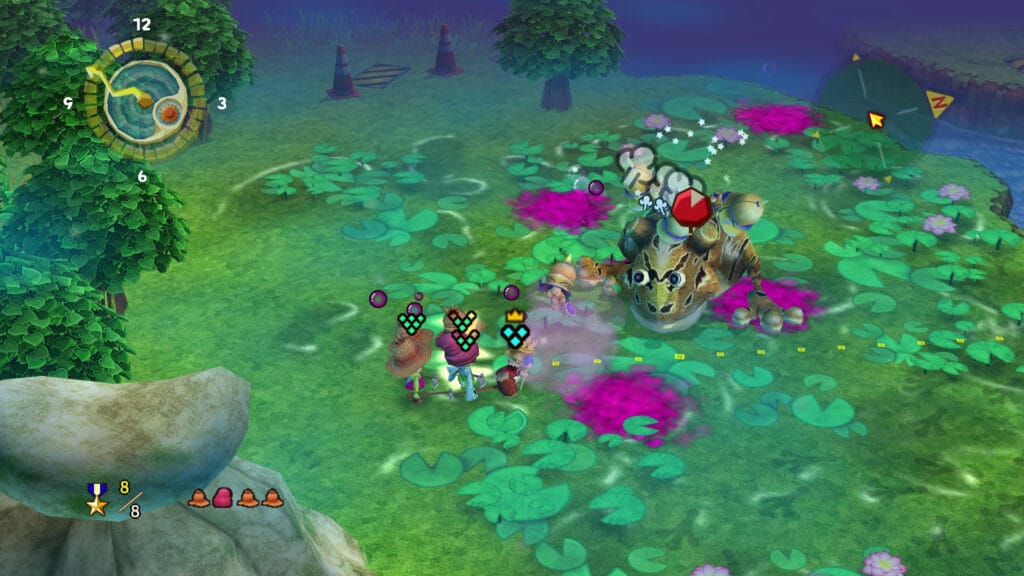
Little King’s Story on PC from Xseed Games was his first professional work on a game port after fixing many games through his mods.
“A few years later, I was contacted by XSEED Games asking whether I could help out with the issues of the PC port of Little King’s Story,” Peter Says. “Unlike prior instances of similar questions, in this case they were actually willing to give me source access to the game, and that was my first ‘professional’ work on a game port.”
That led to him being responsible for the PC versions of The Legend of Heroes: Trails of Cold Steel and Trails of Cold Steel II.
“I went on to work with XSEED on Trails of Cold Steel and Trails of Cold Steel II for PC as well, and while I only joined mid-way in the porting of Trails of Cold Steel, I implemented the entire port for Trails of Cold Steel II,” he says. “At that point I was still working alone, though for Trails of Cold Steel II that already wasn’t working out perfectly and I subcontracted some help. As such, when two other coworkers (still at University at this point) floated the idea of founding a company, I was quite happy to join.”
You see, originally PH3 wasn’t really focused on games at all, but more on similar things to what we did during our studies — high performance computing and optimization. We now actually do have ongoing projects in both of those areas, but in the first two years PH3 was almost exclusively working on PC (and later also Switch) ports.
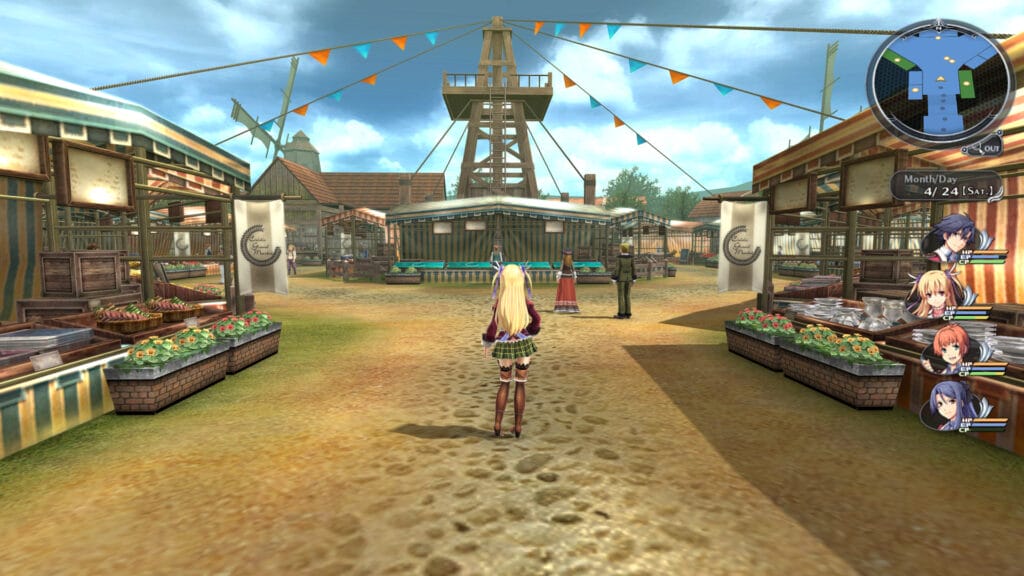
Durante’s thoughts on Falcom games
“Working on Falcom games is great, since they are one of the few smaller-scale Japanese developers who are still independently creating some fantastic games, and I love being able to provide great PC versions of them for everyone,” Peter says. “Though I have to say that, at this point, I’m way behind on my own Trails play-through — these are long and involved games, and after working on them I need a break from them until I really want to spend too much time playing.”
On the state of Atelier PC ports
Regarding Atelier, sadly it never quite worked out for us to get to work on them. At least the PC ports are now better than they used to be, though there is still some low-hanging fruit in terms of PC porting and adaptation left on the table. The most recent Atelier I completed was Firis DX just earlier in the year. I had never played that one and was curious why it is considered one of the more controversial entries among fans. I understand that now, though I think it has some really neat ideas and is more interesting, systems-wise, than Ryza, which is the most chronologically recent game I played in the franchise.
Durante’s Hardest PC Port – Little King’s Story and Ys IX Co-op
I wanted to know which port out of the many PH3 had worked on was the hardest so far and Peter confirmed that Ys IX was the hardest full port when it comes to his own work.
“This is difficult to say, since each codebase has unique challenges,” he says. “I would say the hardest overall was still the very first game (Little King’s Story), just because documentation was extremely sparse, and the game was so focused on its original platform and constraints in its design.”
“More recently, and in terms of games that we as PH3 did the complete port for, I would say Ys IX had the most challenges — or at least the largest number of challenges that affected my own work directly,” Peter says. “It required a ton of substantial iteration in terms of performance to get to a point where I was happy with it. And that’s of course before getting into the complexity of implementing local co-op, but I only have myself to blame for doing that. And just so that this is not misunderstood, Ys IX co-op is still my favorite thing bar none I did in PH3, it just was a lot of work as well.”
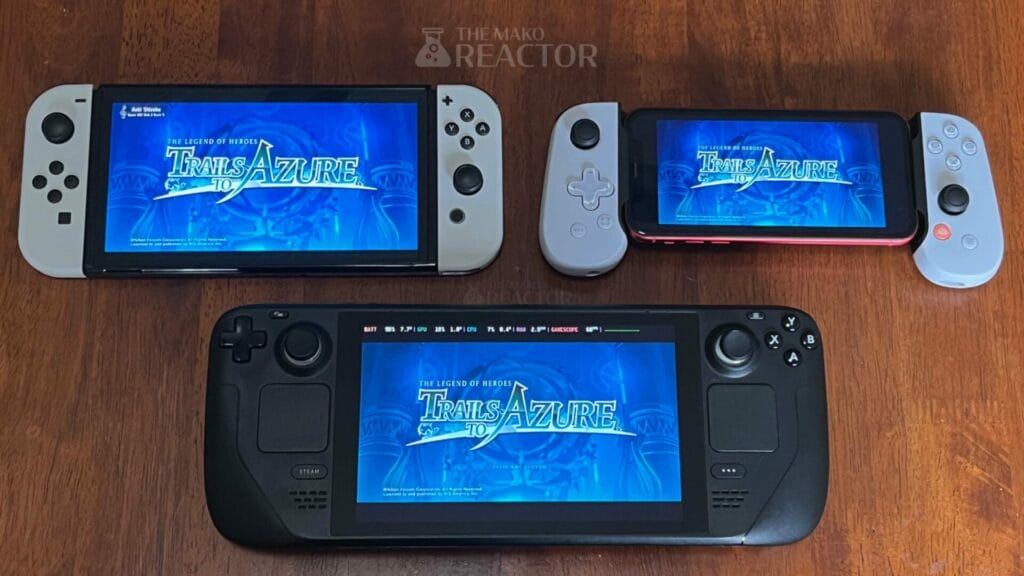
Working on Crossbell for Nintendo Switch and its challenges
I was curious how it was for PH3 to work on a Nintendo Switch port after years of PC ports.
“I think it was a good idea for us to work on these games as our first Switch ports, since they are obviously less strenuous on hardware than more modern ones,” he says. “Taking care of two platforms across two games with similar engines also allowed us to put in a lot of work into basically all aspects of these ports, including user experience, graphics, bug fixes and so on. I think in terms of overall improvement over the baseline these are our strongest releases yet.”
He wasn’t directly working on Switch, but the certification involved made things more difficult.
“Regarding Switch specifically, I was not personally working on that directly,” Peter says. “I just jumped in for some performance optimization (which ended up applying to all platforms, but was only necessary on Switch). The biggest differences compared to PC which I noticed while managing the work were of course the much earlier deadlines for physical production, the slightly more difficult process of getting a patch out, and the sometimes a bit silly certification requirements.”
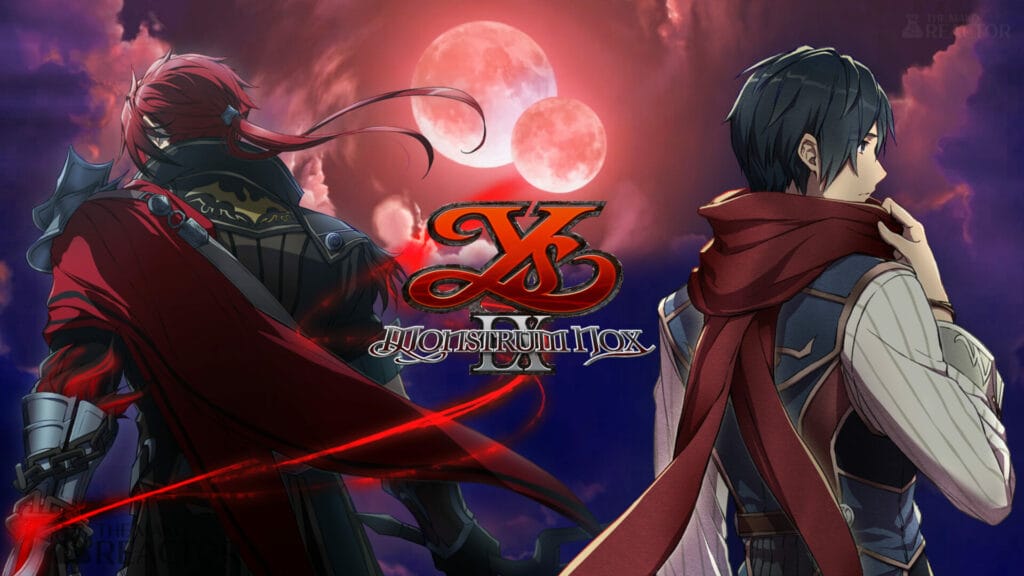
Ys VIII and IX on Stadia helped the PC port and likely the PS5 version indirectly
Ys IX for PC is one of the most-impressive conversions I’ve played, and I was curious if there was anything else the team wanted to add to Ys IX. Peter spoke about how working on Stadia saw the PC and PS5 versions benefit.
“Ys IX was probably the most interesting and challenging project to date in terms of core optimization work,” he says. “What was nice in that regard is that it does not build on top of some huge external third party engine or framework, which meant that it was – well, certainly not ‘easy’ – somewhat more ‘doable’ to dive in and really follow the rendering process through all the layers.”
“One thing this interview (and humanity in general, probably) has completely forgotten about so far is Stadia,” Peter says. “To recap: we did a Stadia port of both Ys VIII and Ys IX, and both were pretty well-received. This is more of a challenge than it might appear, since Stadia had some quite stringent frametime consistency requirements, and those applied even in specific situations such as when opening the menu. That particular case required quite some re-architecting in Ys, but the PC versions also benefited from that change — and probably even the PS5 versions, which, although not done by us, are based on PC code. At this point, I’m really happy with Ys IX on PC, especially co-op as I mentioned previously. I don’t think there’s anything huge I’d still like to do with it.”

The Legend of Heroes: Kuro no Kiseki and the Nayuta PC ports will see more polish for the English releases
I was curious how it was working on PC ports that are only available in Japanese on any additional challenges. I also was curious if the PC ports would see improvements ahead of the English localizations.
“It’s an additional challenge, since no one on our core team is fluent in Japanese,” he says. “We try to mitigate it by e.g. machine translating important internal or debug strings, and that helps quite a lot in most cases, but it’s obviously not a perfect solution.
Also, one of our employees recently got an actual physical Japanese keyboard, to make absolutely sure that button prompts and rebinding work correctly across various locales and input devices.”
“Regarding the second part of your question, we do in fact plan to make some more polish passes before the English PC release of both of these games, though I would say that both are also already in a very good state at this point,” Peter says. “One aspect I’m particularly happy about, and which I hope more people will get to appreciate once Kuro releases in English, is the live graphics settings preview.”

16:10 support for Steam Deck is important to PH3
I’ve enjoyed using my Steam Deck ever since I got one, and wondered how it was working on games for Steam Deck compared to low end hardware.
“The biggest Steam Deck-specific change in terms of workload has probably been making sure that our games work at 16:10,” he says. “Most people on Steam Deck don’t actually seem to mind 16:9-locked games much, but I enjoy using the entire screen.”
“In terms of optimization there generally only really is a difference compared to other low-end systems when it comes to DXVK-specific issues,” Peter says. “Luckily, those are rather rare. Most recently, there was an unexpectedly large framerate penalty on some maps in Kuro no Kiseki, which required some fundamental code changes to work around. Those changes also ended up slightly improving Windows performance on the AMD driver though, so that time seems well-spent.”
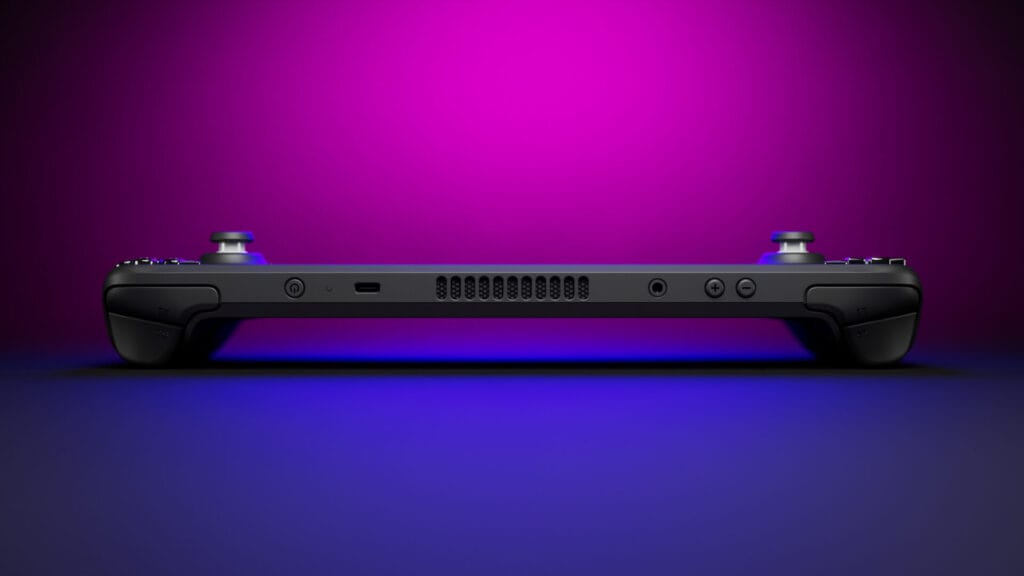
Valve’s Steam Deck Verified program is essential to its success, but it isn’t perfect
Valve recently marked Trails to Azure as unsupported on Steam Deck until PH3 pushed a workaround for the save data bonus. That exposed a flaw in Valve’s testing process, so I was wondering what his throughts were on that issue and Valve’s Verified program considering Trails to Azure was amazing right from the get go on Steam Deck.
“I think the Steam Deck Verified program is essential to the success of the Deck, but it’s also incredibly hard to implement,” he says. “Both the Proton layer and its components as well as the games are moving targets, so ratings can never be truly 100% consistent.”
“That said, I do feel like games where the developers make a conscious effort to support Deck (e.g. in the Crossbell games and Kuro no Kiseki we support 16:10, Deck-specific button prompts, dynamic cloud sync, performance optimization etc.), and commit to not breaking it in updates, should get some sort of recognition for that,” he says. “Maybe a “checkmark+”.”
“I also feel like one-off features with a clear user workaround, that really fail because of the translation layer, such as this save import feature, should not be enough to get a direct ‘unsupported’ rating.”
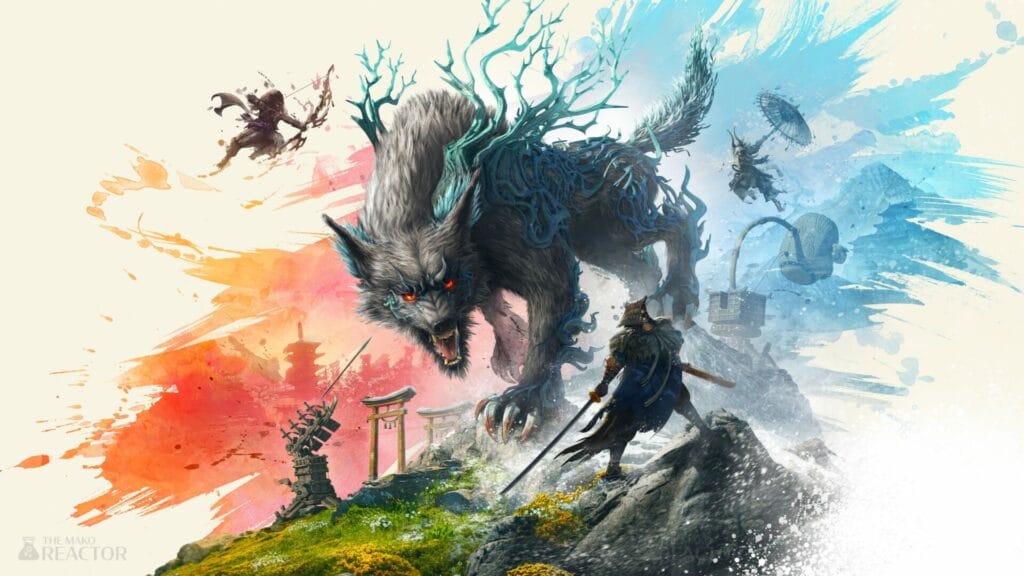
Durante on the current state of AAA PC ports
I asked what he thought of the state of AAA PC ports right now. He pointed me to a forum post on Metacouncil that covers everything relating to this topic. The entire post linked is worth reading. Since this post was a part of another interview, I’ve only added specifics from Peter that were in the Metacouncil post, but not in that interview here.
“PC does have unique challenges, but they are extremely far from insurmountable, especially for publishers who can afford to fund an AAA game in the first place,” Peter says. “So I have to assume that there simply isn’t enough care given to the PC version sufficiently early and continuously in development, and there is more of an assumption that it will ‘just work out’, unlike the console versions where I assume more resources are allocated for platform-specific work.”

PH3 is not handling Trails into Reverie’s Switch port but the PC port will have technical improvements compared to Cold Steel 4
“We are only doing the PC version of Trails into Reverie, and what you should expect is something between our more recent ports (the Crossbell games and Kuro no Kiseki) and Trails of Cold Steel 4,” he says. “The biggest technical improvement we made compared to Cold Steel 4 is that all settings will be in-game, which is not trivial on this engine. However, just like all other Cold Steel games, there won’t be full mouse support in the UI — there’s simply too much of it to justify the huge amount of work it would entail.”
Trails into Reverie VR support was a new feature for PH3, was included so PC doesn’t miss out on any feature
“The other completely new feature among games we’ve worked on is the VR support in the model viewer and a specific minigame,” Peter says. “There are a few PS4 JRPGs which shipped with small VR extras that were cut in their PC ports. That’s mostly an understandable decision — a lot of engineering effort for likely little payoff — but we really want to never have a PC version we ship miss out on any feature that was available on console. Also, there are an absolute ton of Trails characters in Reverie, and this is the one chance to see them all in VR.”
Durante would love to do a remaster of the Ar Tonelico Trilogy
I’d love to see a PH3 PC conversion of a Gust game, but that hasn’t happened yet. I asked what Gust game he would like to work on given the opportunity.
“If I had complete freedom of choice, a decent budget and enough time, I’d like to create an Ar Tonelico Trilogy remaster,” Peter says. “Ar Tonelico, and in particular Ar Tonelico 2, is one of the most underrated JRPGs of all time in my humble opinion.”
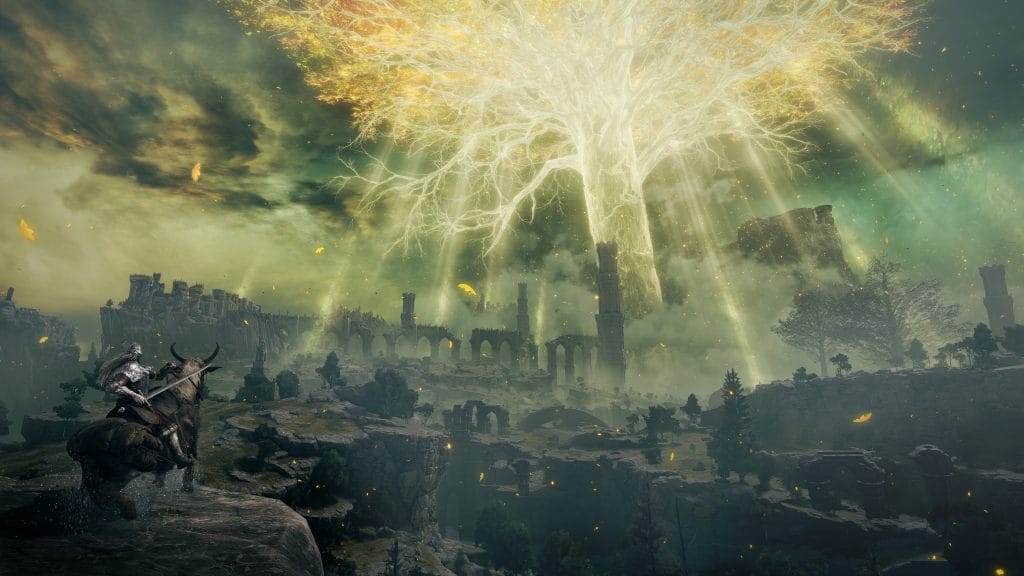
Durante’s thoughts on the Elden Ring PC port
FromSoftware has come a long way on the PC platform and I wanted to know what his thoughts are on Elden Ring’s PC port compared to how things used to be for Dark Souls.
“I played Elden Ring starting from launch, on PC of course, and had an experience (on a technical level, the game is of course amazing) that I’d rate as ‘ok’,” Peter says. “However, for a game that easily makes hundreds of millions on PC, that’s not really good enough. It’s really inexcusable that the PC version isn’t significantly better than it is. By spending less than 1% of their PC-only profits on core technical improvements, they could easily iron out performance hiccups, support more than 60 FPS, support ultra-wide aspect ratios, and improve PC input options. That’s really the absolute minimum people should demand from AAA ports of popular games.”
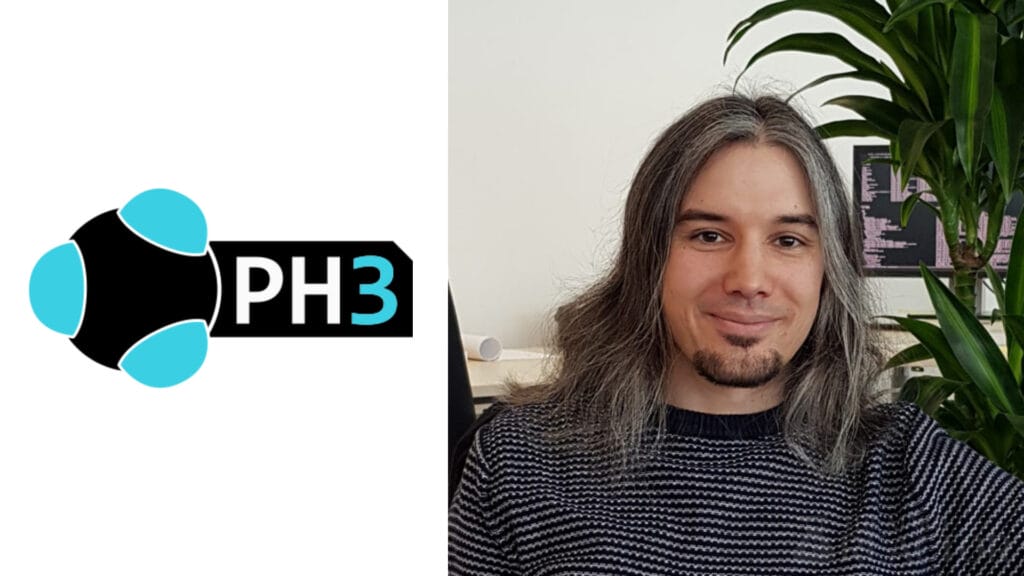
I was curious about what he’s been playing outside of work given the involvement in many PC ports of Japanese games over the years.
“I usually always have two ‘streams’ of games running: co-op games I play in a couch co-op setting with a friend, and single-player games for when I have some time to spend alone,” Peter says. “In terms of local co-op, we are currently playing the indie puzzle platformer ‘The Rabbit and The Owl’, as well as the PC port of ‘Sackboy: A Big Adventure’. The former has some really unique ideas, and the latter is tremendously polished and a graphical feast. We’ve also recently played ‘Valkyrie Profile 2: Silmeria’. which made me a bit sad about the current state of high-budget JRPG compared to the absolute wild west of ideas that was the PS2. In terms of single-player games, I’m currently playing ‘Labyrinth of Refrain: Coven of Dusk’ on my Steam Deck for some great dungeon crawling when I have a bit of free time, and I recently started The Legend of Zelda: Tears of the Kingdom recently and already put quite some time into it.”
PH3’s upcoming announced PC releases for the West are The Legend of Heroes: Trails into Reverie next month and The Legend of Nayuta: Boundless Trails soon after.




